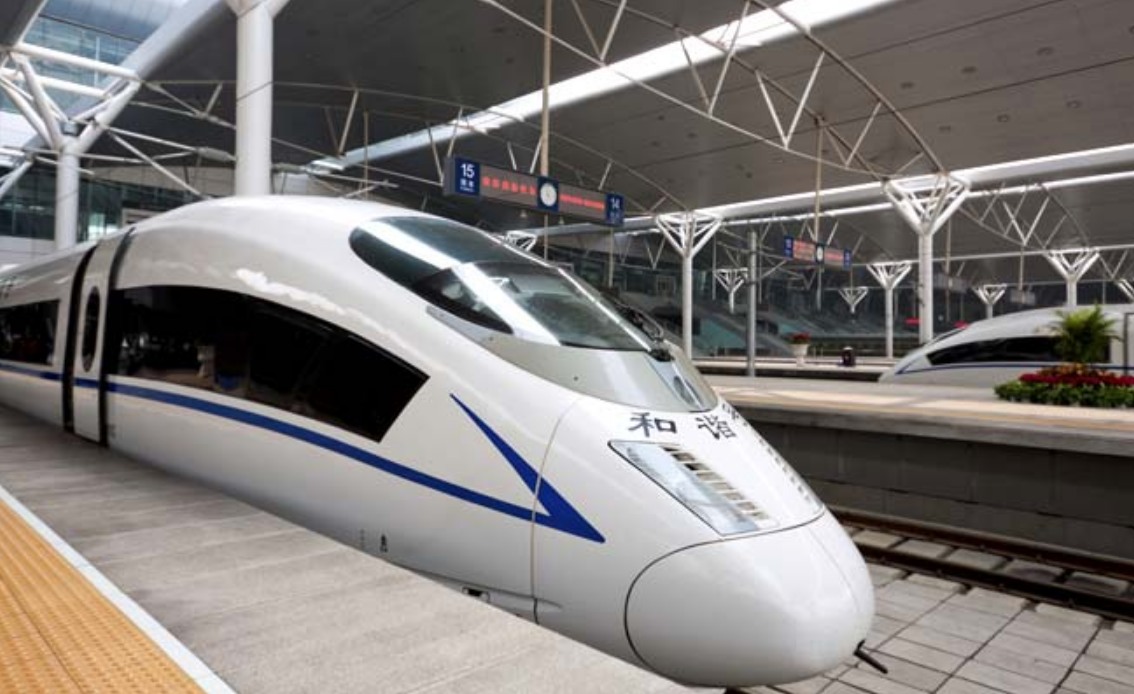How Passengers Go Through Security
The automation of security procedures, coupled with the introduction of facial recognition technology, will transform the way passengers experience the transition from landside to airside. Further down the line, it may even render that division obsolete.
In an ideal scenario, these new technologies will eliminate queues, and will make the overall screening process more efficient and less stressful. With that goal in mind, Dubai is planning to unveil the world’s first biometric border checkpoint next year. Passengers will walk through a “virtual aquarium” that will scan their faces, eliminating the need to wait in line. (They will need to apply for pre-clearance, though.)
Airport authorities like the idea of automated security because it brings down labor costs. But automation will also bring new challenges. Most of these technologies are expensive and do not have a proven track record. In essence, we’ll be using the airport terminal as a venue to beta-test them. Glitches—ranging from a short delay to a full-on cyberattack—are inevitable.
Moreover, new technologies can only fulfill their promise if your passengers know how to use them. User interfaces need to be intuitive and accessible: they should be designed for a broad range of travelers, not just for road warriors and engineers. At a recent Aerial Futures conference in Los Angeles, Corgan’s Samantha Flores drove that point home: since many passengers are not frequent flyers, they will be confronted—and confounded—by new technologies every time they fly. How will airports engage these types of travelers?
During a recent visit to a major U.S. hub, I observed an elderly couple try to enter a body scanner at the same time. They were visibly nervous and did not speak English. Two TSA employees, who became increasingly frustrated, could not effectively communicate the importance of entering one by one, leading to a 10-minute delay in the security line. What kinds of innovations—in staff training, in passenger education, and in pictogrammatic signage—could prevent these kinds of incidents from recurring?
Bottom line: In order to harness the full potential of new security techniques, successful airports will strive to improve the technical literacy of all of their customers. They will also develop low-tech contingency plans that can be quickly deployed when technology fails.



